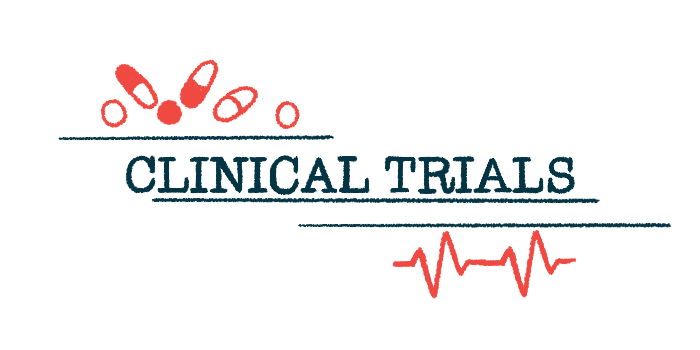Phase 3 clinical trial of oral levosimendan planned for this year
TNX-103 could become first FDA-approved therapy for treatment of PH-HFpEF

Tenax Therapeutics is planning to start a Phase 3 clinical trial of TNX-103 — oral levosimendan — to treat pulmonary hypertension and heart failure with preserved ejection fraction (PH-HFpEF) later this year.
People with PH-HFpEF have a normal heartbeat, but the heart muscle is too stiff to fill properly and pump blood to the body.
Tenax’s decision to prioritize the clinical development of TNX-103 is based on the significant unmet medical need, along with the market opportunity to develop the first therapy approved by the U.S. Food and Drug Administration (FDA) for people with PH-HFpEF.
Also contributing is the recent patent granted by the United States Patent and Trademark Office covering the use of intravenous (IV or into-the-vein) levosimendan to treat PH-HFpEF. A patent specifically covering claims related to TNX-103 could be granted this year, Tenax noted. The first levosimendan patent was granted in 2022, and covered a form known as TNX-102 that is given by under-the-skin (subcutaneous) injection.
“Expanding our [intellectual property] estate to include multiple formulations of levosimendan for use in the treatment of PH-HFpEF remains a key strategic objective for our company,” Chris Giordano, CEO at Tenax Therapeutics, said in a press release.
“Considering the therapeutic advancements that have been made across most areas of cardiovascular medicine over the last several decades, it is remarkable that, despite the millions of patients suffering with PH-HFpEF, not a single medication has been approved to treat this highly debilitating and life-threatening condition,” said Stuart Rich, MD, chief medical officer at Tenax.
Testing a 24-hour IV dosing of levosimendan
Levosimendan is believed to work by reducing the amount of blood putting pressure on circulatory vessels.
The expansions of patent coverage are based on positive clinical data from the Phase 2 clinical trial HELP (NCT03541603), testing a 24-hour IV dosing of levosimendan versus a placebo, each given weekly.
Results indicate most patients receiving levosimendan improved their exercise capacity, measured by the six-minute walk test. The average improvement with the therapy, compared with the placebo, was 29 meters (about 95 feet) and was statistically significant.
“While the pathophysiology [disease mechanisms] of PH-HFpEF is not fully understood, we do know that levosimendan is the only medicine to show an improvement in six-minute walk distance in this specific patient population,” Rich said.
According to Tenax, results from this trial and its open-label extension — in which a switch from IV to oral dosing was tested — support levosimendan’s effect on relaxing blood vessels, resulting in a sustained improvement in exercise capacity and quality of life.
In a meeting, the FDA agreed on one or two Phase 3 trials evaluating changes in the six-minute walk distance over 12 weeks, or one Phase 3 trial evaluating clinical worsening (e.g., hospitalization for heart failure, worse exercise capacity, or death) over 24 weeks, as sufficient to show levosimendan’s effectiveness in treating PH-HFpEF.
The agency also agreed on a plan to replace weekly IV levosimendan for daily treatment with TNX-103 in a Phase 3 study.
“By prioritizing the development of the oral formulation, we intend to provide patients a daily, oral strategy to maintain therapeutic levels of levosimendan, and maximize the commercial potential of this unique, promising drug,” Giordano said. “We are embarking on a cost-effective, efficient pathway to significant shareholder value.”
Regarding imatinib — TNX-201 — an investigational oral therapy from Tenax to treat pulmonary arterial hypertension, the decision to prioritize TNX-103 likely means that a planned Phase 3 study will not start this year, provided enough funds are raised and pending other strategic considerations, according to Tenax.








